Roscioli – Salumeria Con Cucina
Via dei Giubbonari, 21
00186 Roma
Italy
Tel. +39 06 687 5287
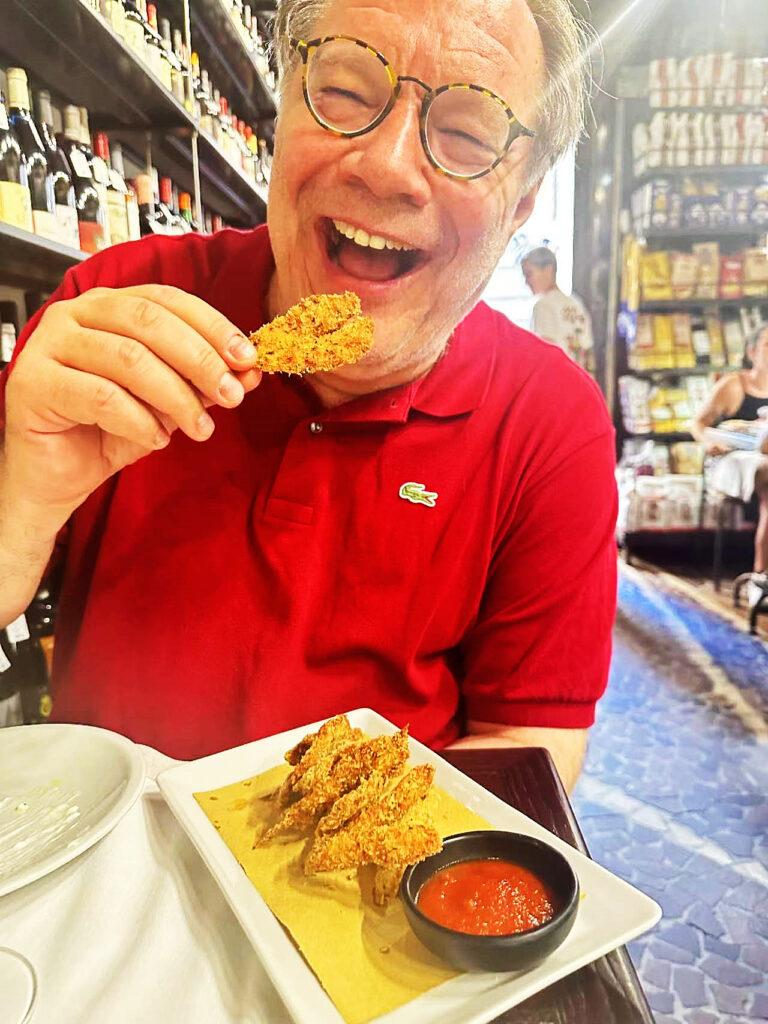
The dishes
Burrata pugliese con alici (burrata with fresh anchovies)
Alici fritte (fired anchovies) with vanilla ketchup
Trippa fritta (fried tripe) with cacciatora-style mayo
Caponata della tradizione siciliana / cold eggplant ragout with pine nuts and dried fruits
Mezze maniche all’Amatriciana
Selezione di salumi (selection of salumi)
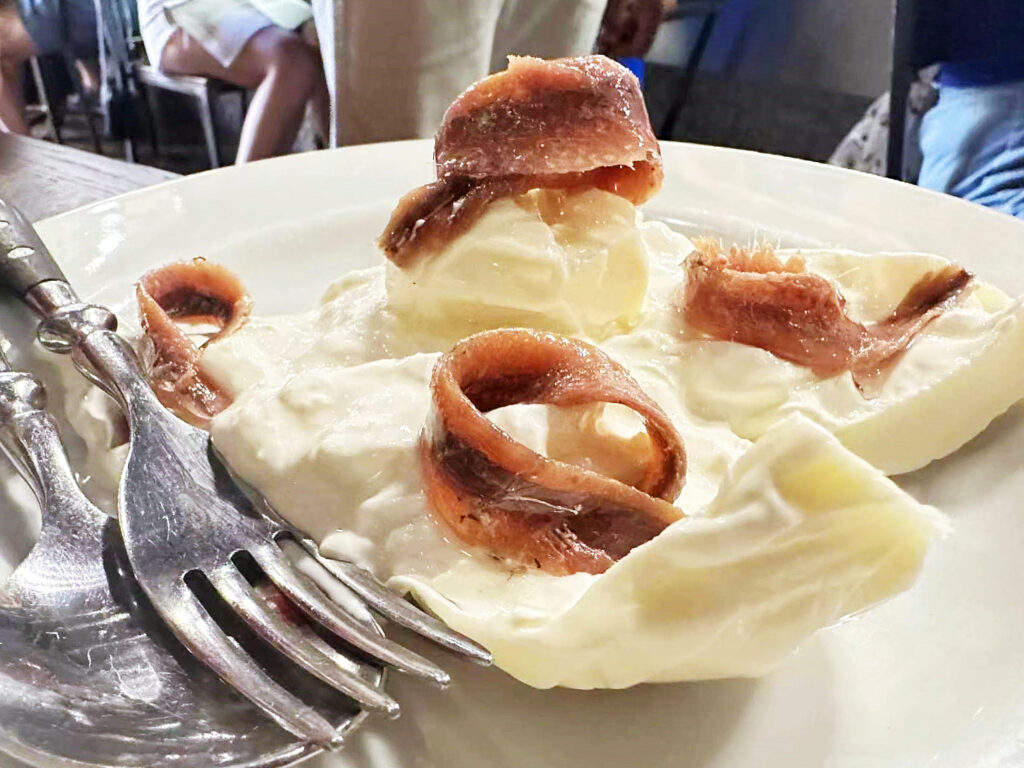
At the end of the 1950s, the Roscioli clan arrived in Rome from Rocca di Montemonaco, a small town in the Marche region of Italy. Brothers, cousins and all, they all ended up working as panettieri, or bakers: in fact, Roscioli’s historic home was not the world-renowned restaurant that is the object of this restaurant review (or of the nearby Caffé Roscioli, an ideal spot for breakfast or afternoon hangout), but rather the Forno Roscioli, located just a stone’s throw away and that has had just as long lineups of hungry tourists and Romans waiting to sink their teeth in the various pizzas and fine breads made. The Salumeria (in theory a place that sells pork cold cuts, but actually sells other animal-related products and cheeses too) opened in 1992 but it was only ten years later, in 2002 that it took the big step making it the sybaritic destination of today: the wine cellar becomes truly noteworthy for scope of choice (with wines not just from Italy but France too: roughly 300 different labels divided into two wine lists devoted each to one country’s wines) and the dishes prepared rapidly gain the attention of epicures, such as the carbonara and cacio e pepe universally ranked by gastronomes among the top five in Rome. Clearly, it all starts with the quality of the ingredients, another feather in Roscioli’s cap, as there is no doubt the family goes to great lengths to source the highest quality foodstuffs possible. And so it is that at Roscioli Salumeria you will find excellent choices of not just cheeses (over 300 different ones each week) and cold cuts (over 200 each week) from all over Europe, including outstanding anchovies (mostly from the Cantabrian Sea, which have their own section on the menu), burrata, mozzarella di bufala and more.
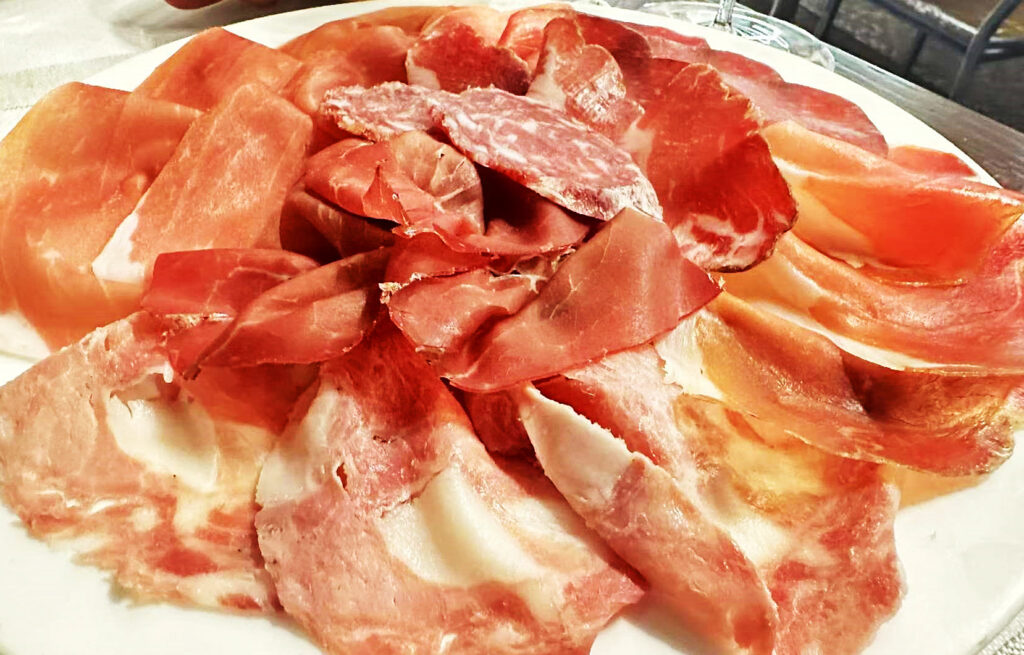
Our lunch there went splendidly. The Burrata pugliese con alici is just what you’d expect it to be, with the plump chewy anchovy saltiness nicely buffered by the creamy flavourful burrata. The freshness and depth of flavour of the ingredients is obvious at first taste. The dish of the day were the alici fritte, Cantabrian sea anchovies that were fried to perfection and served with a vanilla-laced ketchup (here again, the sweetness of the latter nicely offsets the salty fishiness of the anchovies). In a dish harkening to Rome’s famous street foods, the trippa fritta (fried tripe) is also another must-try finger food, and for those who don’t care much for innards, let me just say that the dish is easy to stomach and there is little funkiness to the tripe mouthfuls. Also very good, and welcomingly refreshing in the summertime heat of Rome is the Caponata della tradizione siciliana, a cold eggplant ragout with pine nuts and dried fruits. The pasta (mezze maniche) Amatriciana is delightful and very concentrated, though I for one bemoan the original recipe’s apparent lack of onions: I am 100% convinced that these allow the recipe and dish to reach an almost nirvana-state of gastronomic goodness, one that the original recipe always fails to achieve, placing it clearly a notch below in the pantheon of great Roma pastas such as carbonara and cacio e pepe. This is because the sweetness of the onions is absolutely necessary to offset the extreme saltiness of the grilled guanciale and the pecorino cheese, something that the tomato sauce on its own cannot manage. But I’m quibbling: for purists, this is another of Rome’s best renditions of Amatriciana. Last, but not least, the selection of salumi dish is excellent, with interesting tidbits like the salame rosa (an ancestor of mortadella dating back to 1600) and an excellent, especially flavourful Cecina de Léon Iberian coldcut.

The wines
Silvano Follador 2021 Prosecco Superiore Extra Brut 95
Valentini 2019 Trebbiano d’Abruzzo 91
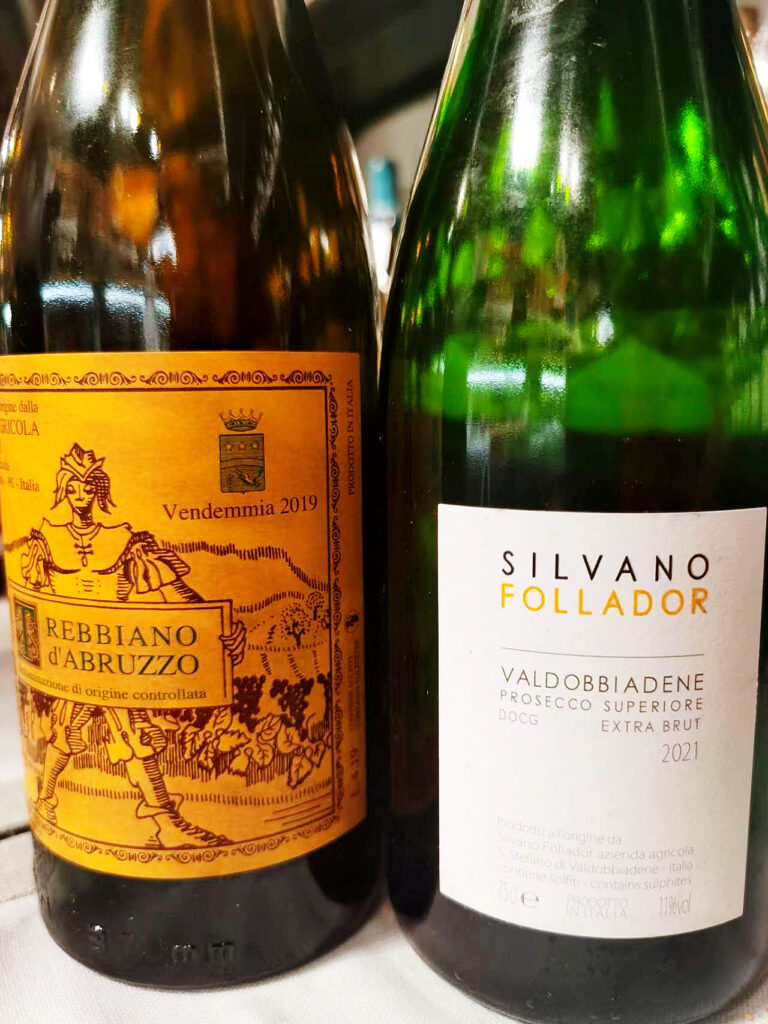
As good as the food was, on this day the clearcut winner was one of the wines I chose: the Silvano Follador 2021 Prosecco Superiore Extra Brut is just an amazing sparkling wine that is so far removed from any Prosecco you have ever tasted that it is almost more correct not to call it a Prosecco at all. Silky and extremely well-delineated, with what peach and jasmine aromas and flavours that are deep and precise, it tastes much more like a very fine Blanc de Blancs from Champagne (think Taittinger’s brilliant Comtes de Champagne, and no, I’m not kidding) than it does of any other sparkling wine of the world. It’s just an amazing sparkling wine and easily one of the three best sparkling wines Italy makes (this is also made by secondary fermentation directly in the bottle just like Franciacorta and Champagne), and this practically every vintage. In especially great vintages Silvano Follador will make a Cartizze that is even deeper and more multilayered, but when the grapes fail to convince the Silvano Follador team they use them all to make their Prosecco Superiore. We followed up with the Valentini 2019 Trebbiano d’Abruzzo, always one of Italy’s greatest white wines, but that in 2019 is quite ripe and advanced, and will appeal more to those who like their white wines on the rich, thick and ripe side, rather than fresh and lemony. A very imposing wine, the orange marmelade and savoury herb flavours linger nicely on the ample, mouthcoating finish.
It’s hard not to appreciate what Roscioli is trying to do and the quality for the ingredients is such (but the precision of the cooking too) are such that you cannot come away without being impressed. There are quirks one needs to get sued to, like a half empty dining room into which they still won’t allow you in until your reservation time has arrived. Clearly, this is done to avoid having crowds linger on their feet in what is an already cramped ground floor space, but it can be bothersome when you get there early in Rome’s sweltering summer heat. Then again, a decent “bar” is never too far away in the Eternal City, so I guess you can always go for a caffé or thé freddo while they come to the door and finally open to the reservation-packing throngs waiting outside. Once inside, you will find the service is friendly, attentive and caring enough, and the food and wines just as good, such that it all ends up being worthwhile.
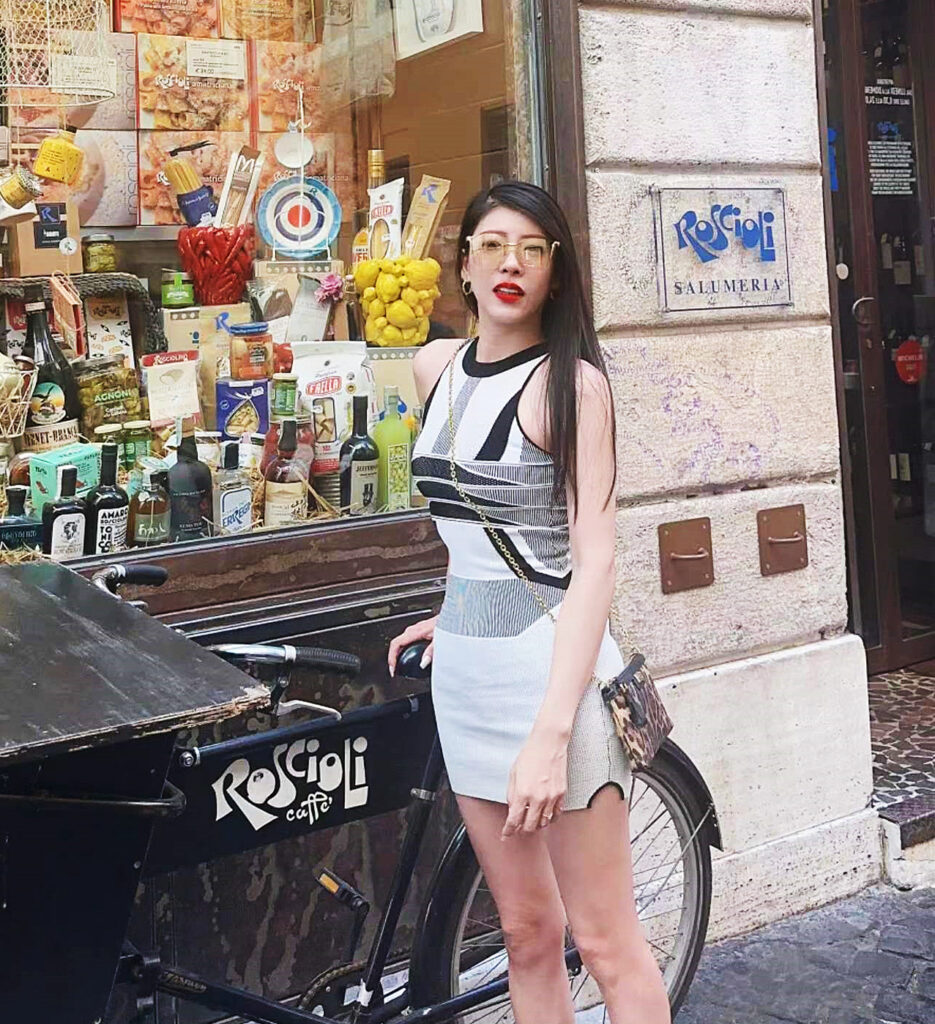

 English
English
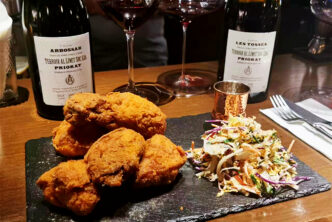
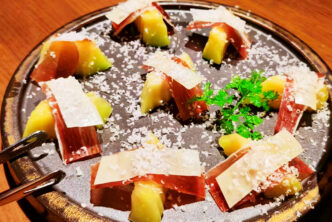
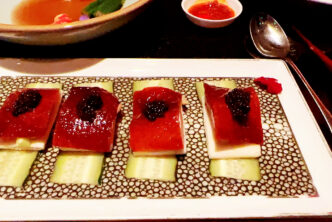

Hi Ian,
I see you’re doing really great!
For your information, since 2021 Silvano Follador has only been making a single Prosecco (and another still wine from Glera.) Gee separate Cartizze anymore, all selected grapes go into this one. And it is re-fermented in autoclave, Charmat process that is. They feel (and we with them) that this better demonstrates the finesse and fruit of this grape.
We are very big fans of this wine, 2021 was really nice, but, honestly, we like the 2022 even better!
All the best and keep up the good work!
Kindest regards,
Werner
Ciao Werner, u r absolutely right, my mistake, it is in fact a cahrmat and I have nom idea why I write otherwise having visited the winery too. I really have to sleep more! Thanks and look forward to catching up soon (btw, I’ll be tasting your past discovery Guastaferro’s wines soon enough, though I know you stopped carrying them a while back). Take care and keep in touch! Ian